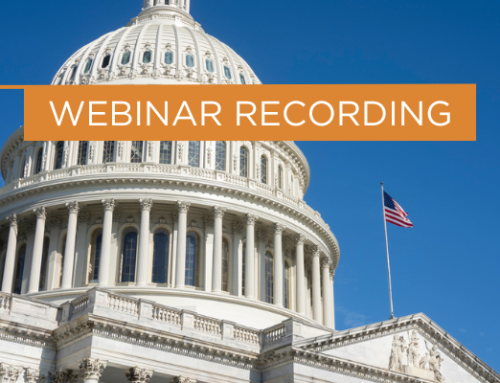For nonprofit organizations, financial risk is a significant challenge. Nonprofits often operate with limited resources and rely heavily on external funding to deliver services and fulfill their mission. While their focus is on creating social impact, the reality of managing finances can be daunting. Financial risks arise from multiple sources, and understanding these risks is key to building a resilient, sustainable organization. Below are some of the most common financial risks nonprofits face and strategies to mitigate them.
Dependence on Limited Funding Sources
Nonprofits typically rely on a combination of donations, grants, and government contracts to fund their programs. This concentration of income sources presents a critical vulnerability. When funding streams are overly reliant on one or two sources, the organization is exposed to financial instability if those funds diminish or are cut entirely.
Mitigation strategy: Diversifying funding sources is crucial. Nonprofits should actively seek to expand their revenue base by developing new grant relationships, launching fundraising campaigns, exploring corporate partnerships, and creating earned income opportunities, such as social enterprises. Additionally, building an endowment or a financial reserve can provide a cushion during lean periods.
Unpredictable Revenue Streams
While nonprofits may forecast donations or grant awards, these revenue streams are often unpredictable and fluctuate due to economic changes, donor preferences, or policy shifts. Government grants and contracts can be subject to delays, restrictions, or even cancellations, leaving organizations scrambling to cover operational costs.
Mitigation strategy: Maintaining a detailed budget with flexible planning scenarios can help nonprofits prepare for periods of uncertainty. Implementing robust donor engagement and retention strategies ensures a consistent level of support, and maintaining strong relationships with funders can provide early warnings about potential changes.
Rising Costs or Inflation
Nonprofits often operate on tight margins, and rising operational costs, particularly during inflationary periods, can quickly erode budgets. Whether it’s increasing rent, higher salaries to retain key talent, or rising costs of materials for programming, inflation presents a continual financial pressure.
Mitigation strategy: To counter rising costs, organizations should review their budgets regularly and look for areas where efficiency can be improved. Negotiating longer-term contracts with suppliers or landlords at fixed rates, as well as building in cost-of-living adjustments for salaries, can help stabilize expenses. Additionally, nonprofits may need to adjust their fundraising strategies to raise more funds to keep up with inflation.
Fraud or Mismanagement of Funds
Financial oversight is critical for any organization, but for nonprofits, whose funds come from donors and taxpayers, the risk of fraud or mismanagement can have particularly severe consequences. Even minor mismanagement can erode trust, lead to legal issues, or disqualify the organization from future funding opportunities.
Mitigation strategy: Nonprofits should implement strong internal controls, including separation of financial duties, regular audits, and oversight from the board of directors. Transparent reporting to stakeholders and the public can also build trust and reduce the risk of fraud. Training staff on ethical financial practices and setting up clear guidelines for financial transactions can further safeguard the organization’s assets.
Cash Flow Issues
A common challenge for nonprofits is cash flow management, particularly when there are gaps between funding commitments and actual receipts. For instance, a government grant might be awarded, but the disbursement could be delayed for months, leaving the nonprofit to cover costs in the meantime. This can result in the inability to pay staff, maintain programming, or cover essential expenses.
Mitigation strategy: Building and maintaining a cash reserve is one of the most effective ways to avoid cash flow crises. Nonprofits should aim to keep at least three to six months’ worth of operating expenses in reserve. Regularly forecasting cash flow, particularly when dealing with large contracts or grants, can help identify potential shortfalls before they become critical. Additionally, nonprofits can explore lines of credit or short-term loans to cover gaps in funding disbursements.
Conclusion
Financial risks are an unavoidable reality for nonprofit organizations, but with strategic planning and a proactive approach, these risks can be managed effectively. Diversifying funding sources, maintaining a reserve, enhancing financial oversight, and preparing for economic uncertainties are all steps that can help nonprofits continue to serve their communities and advance their missions despite financial challenges. By addressing these risks head-on, organizations can achieve long-term sustainability and make an even greater impact.






